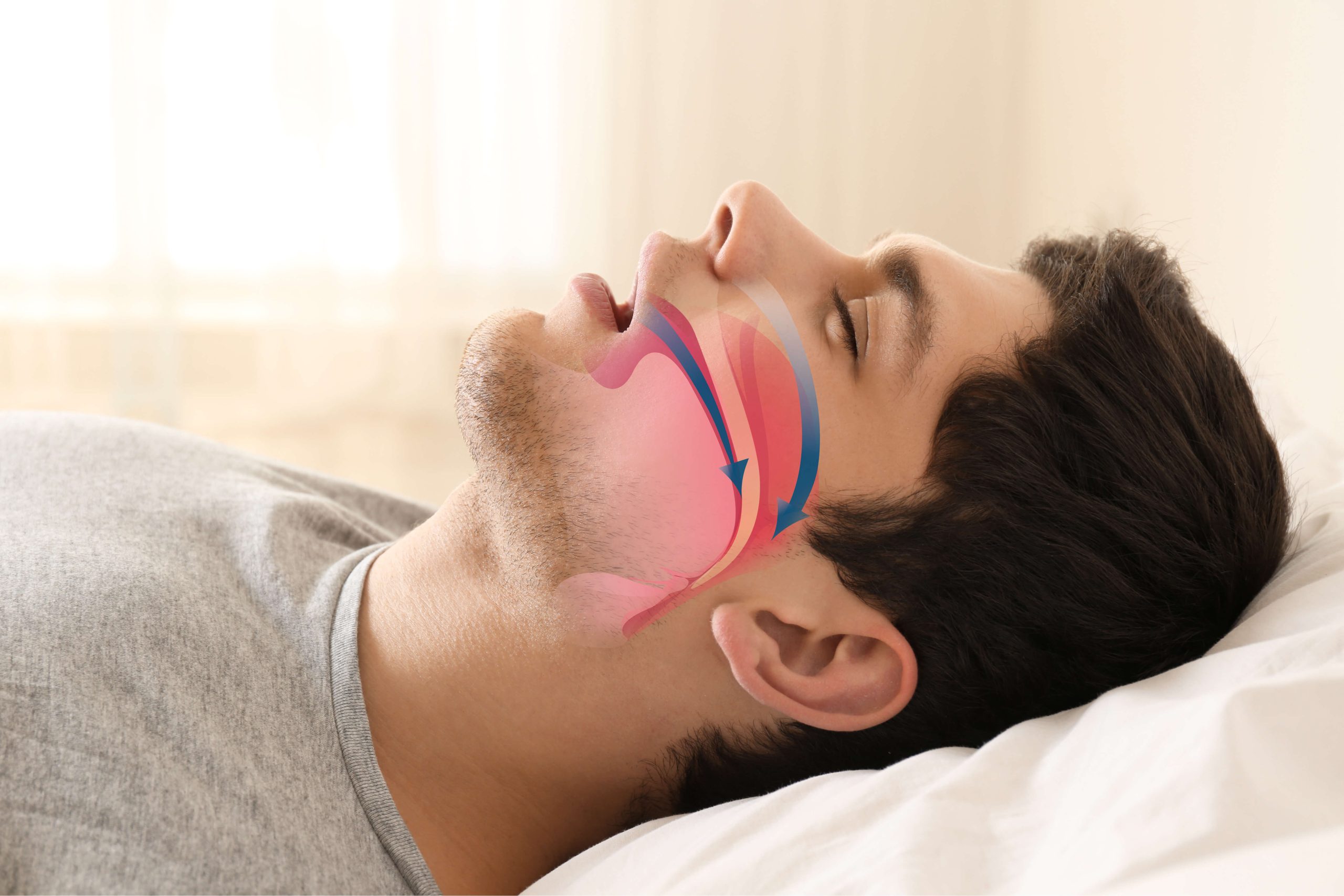
Integrating Dental Sleep Medicine
It is estimated that 22 million Americans suffer from sleep apnea, with 80 percent of the cases of moderate and severe obstructive sleep apnea undiagnosed. Integrating dental sleep medicine into your practice can be a great way to engage your self and your team and serve your patients in a powerful way that will improve their overall health.
Dental Sleep Medicine Involves the Whole Team
Adding dental sleep medicine to your mix of services requires the entire team to gain new knowledge of the role of sleep and the diagnosis of a sleep breathing disorder, as well as how we can utilize dental devices as an adjunctive therapy. This has to be combined with ‘dental’ concerns such as muscle pain, temporomandibular joint disorders, missing or loose teeth to finalize a treatment recommendation. Working through complex multi-factorial diagnostic and treatment planning decisions is part of practicing dentistry, and we simply apply these skills to the additional medical information that is pertinent for patients with a sleep breathing disorder.
When any new service or technique is added to our daily repertoire in a busy dental practice it can cause disruptions, stress, and challenges that some dental teams won’t be able to see past to get the rewards that come from all the hard work. In addition to acquiring the technical expertise make sure you have prepared your team, and you may benefit from expert advice and finding meaningful mentors that can assist you.
A complicating factor for many offices is the choice to submit sleep therapy to medical insurance. Most dental offices are not equipped for medical billing and many financial administrators, perfectly comfortable with dental claim forms, find themselves mystified at the nuances of submitting to a host of unfamiliar payers. Fortunately, professional medical billers have stepped up to help, but even making this agreement requires dentists to stretch their knowledge and get expert advice in new areas of healthcare.
Choosing Dental Sleep Medicine
Why do this? While dentists often improve people’s lives in fantastic ways with pain relief, reducing infection and inflammation, and beautifying smiles, rarely do we have the opportunity to give them a chance to live longer. Obstructive sleep apnea left untreated is proven to shorten life expectancy.
Treating the disease will enable people with persistent hypertension to reduce their blood pressure. Bed partners of snorers whose airways are opened improve their quality of life. Often married partners who had chosen to sleep separately reconcile into one bedroom. When someone sits with our team and tells us how much better they enjoy dreaming again after years of missing it, our days are brighter!
Are you trying to decide if treating sleep-disordered breathing is right for you? Dental continuing education provides plenty of introductory courses. I’m honored to be the editor of Dental Sleep Practice Magazine, dedicated to practical education.
There are academies and associations dedicated to supporting every member of the dental team as we expand our medical involvement to provide a service that only dentists are capable of performing. Mini-residencies are forming at leading educational institutions to provide in-depth, multi-disciplinary learning.
Is it worth the effort?
The first time your team celebrates together after a happy patient gives everyone a hug because of how much better they feel now that they’ve used your oral appliance, I think you’ll know the answer.
Related Course
Compromise to Co-Discovery: A Treatment Planning Journey
DATE: October 21 2025 @ 8:00 am - October 23 2025 @ 1:00 pmLocation: Online
CE HOURS: 21
Regular Tuition: $ 2995
Single Occupancy with Ensuite Private Bath (per night): $ 345
The Balance of Communication, Case Planning & Occlusion Dr. Melkers always brings a unique perspective to his workshops and challenges us to the way we think. At Compromise to Co-Discovery,…
Learn More>






